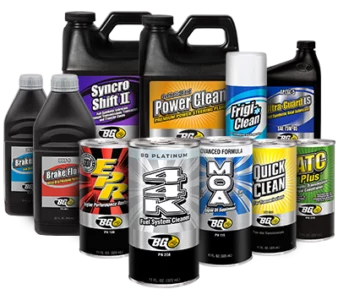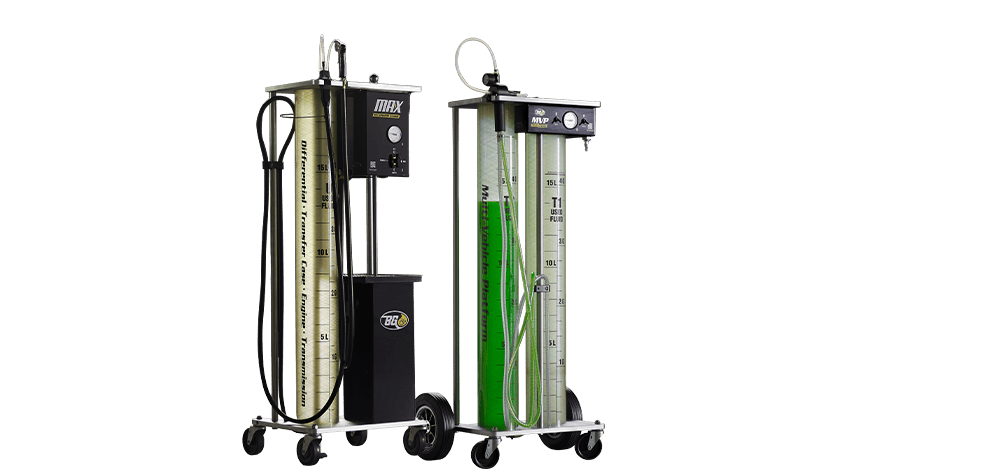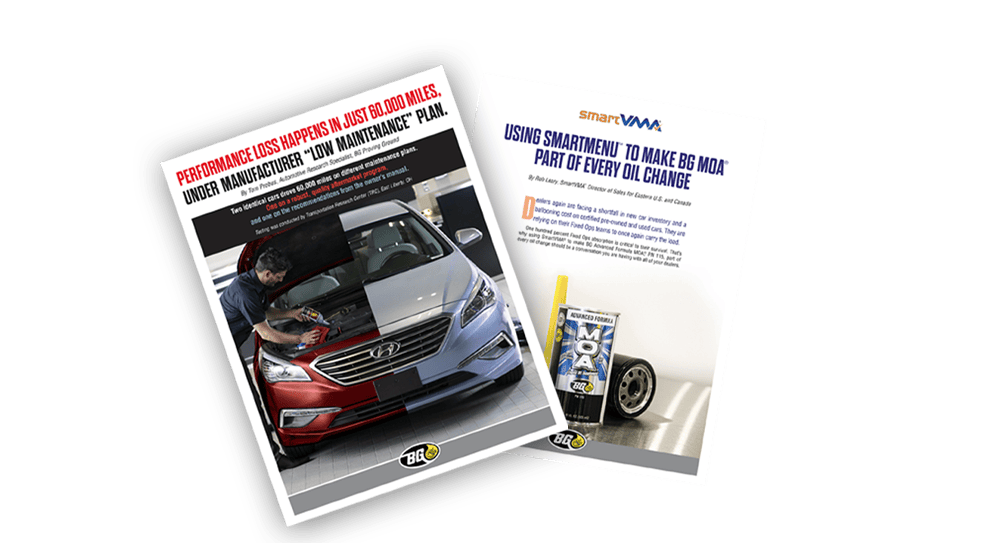A history of the fuel induction service
A fuel induction service removes the deposits that build up inside the air intake system of an engine. This service has been around for a long time, dating back to the days of carbureted engines, when carbon would build up on top of the pistons and cause drivability issues (carbon knock).
In those days, fuel induction services were seriously lacking in efficiency. There were various methods for removing carbon buildup, one of which involved pouring a little water into the carburetor of the engine while it was running. The idea was to loosen up the carbon deposits and then rev the engine to blow them out (NOT THE BEST IDEA!).
Current induction services are performed using special tools and advanced chemicals to remove intake deposits.
Why today’s engines STILL need it
Modern engines (1987-2008) have come a long way since the carburetor days. Thanks to advanced fuel control systems, deposit-related drivability issues have to get pretty bad before the driver notices them. Port Fuel Injection (PFI) engines do a pretty good job of keeping the intake valve clean, because fuel is sprayed over the valve before it enters the combustion chamber.
Today, engineers have introduced technologies like Gasoline Direct Injection (GDI) to increase fuel economy ratings and squeeze the most efficiency out of the internal combustion engine. But, with these new technologies, we are seeing an increase in deposit formation on the intake valves and in combustion chambers again.
GDI engines spray fuel directly into the combustion chamber instead of being sprayed over the valve. This method offers better efficiency but leaves the opportunity for deposits to form on the intake valves from engine blow-by and valve overlap operation.
When the fuel is injected directly into the combustion chamber rather than being sprayed over the valve during the intake stroke, the detergents in the fuel don’t get a chance to clean the valve on their way through. You’re left with deposit formation and eventual drivability issues.
GDI intake valve deposits form in a little as 10,000 miles. It’s not a big surprise to anyone in the auto industry. It’s actually a naturally occurring effect of that particular internal combustion engine design.

Why don’t vehicle owners know about this!?
Just like deposits are a natural effect of internal combustion engines, performing an induction service should be a natural part of the maintenance of internal combustion engines. Just like changing the oil or servicing the transmission, an induction service is beneficial for keeping your customer’s engine operating to its designed efficiency.
Regular induction services benefit your customer’s vehicle by:
- Keeping the throttle plate free of deposits that might obstruct its ability to operate
- Removing deposits from the combustion chamber
- Cleaning intake valve deposits
- Improving the overall efficiency of the engine
- Understanding how to keep an engine running great means fewer breakdowns and better fuel economy. Your customers will invest a little to save a lot. It’s up to you to help your customers take better care of their cars! Make the BG Fuel/Air Induction Service part of your recommended maintenance routine.

by Tom Probus
BG Technical Service
ASE Certified for more than 20 years







